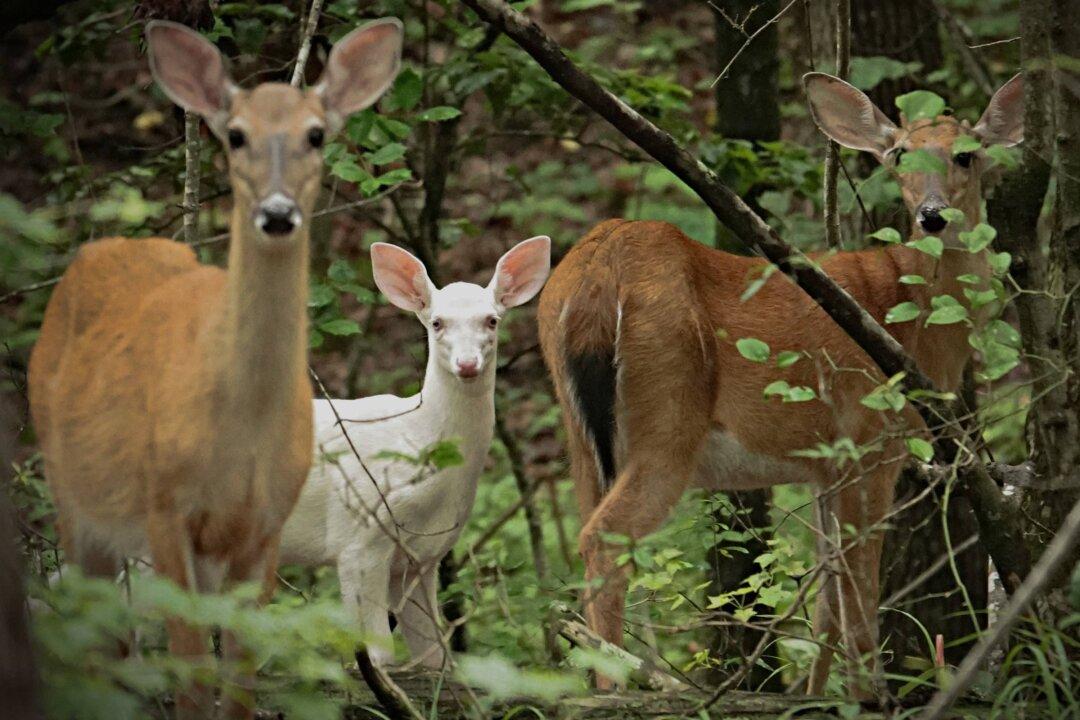A remarkably rare ribbon seal that sports distinctive black and white stripes is not just any regular visitor at your favorite beach, and sighting this unique-looking mammal is nothing less than a once-in-a-lifetime opportunity.

The ribbon seal’s appearance, photographed by the NOAA Fisheries Service at that time, excited a lot of local attention for a good reason.
The reason why ribbon seals are hardly ever seen by humans is that they usually spend their entire lives at sea. Ribbon seals mostly live far offshore in the frigid North Pacific Ocean and the southern waters of the Arctic Ocean, close to the Bering Strait separating the American Northwest and Russia.

Ribbon seals are usually solitary marine animals that spend their time in the open ocean, says NOAA Fisheries Service.
At the time of giving birth, nursing pups, and the molting period, these exotic seals live in small groups in pack ice. The ribbon seal pups are roughly 2.8 feet long and weigh about 21 pounds (approx. 10 kg) at birth, while the adult seals are about 5 to 6 feet long and can weigh about 330 pounds (approx. 150 kg).

The most possible threat that ribbon seals face is climate change and its effect on the sea ice.
NOAA Fisheries Service notes on their website: “Ribbon seals rely on the availability of suitable sea ice as a haul-out platform for giving birth, nursing pups, and molting. As such, ribbon seals are sensitive to changes in the environment that affect timing and extent of sea ice formation and breakup.”
Explaining the background to the classification, the IUCN said that although there has been recent progress in the ribbon seal’s population assessment, its “current population trend is not known” and estimates of total abundance of the species are “imprecise.”
The IUCN noted that the modern assessment methods suggest an estimate of nearly 400,000 ribbon seals in the world, signifying that “the population is quite large.”
“Commercial harvesting of Ribbon Seals stopped in 1994, and numbers have likely been growing since then. The only major threat identified is climate change, and the effects of that are not likely to occur in the near future. Ribbon Seals are classified as Least Concern,” the IUCN noted.

No matter what the official conservation line on the Ribbon Seal status is, this stunning marine mammal should be left in peace. If you have the incredible good fortune to see a ribbon seal, stay well back and ensure you, others, and your canine pets do not interfere with the animal.







